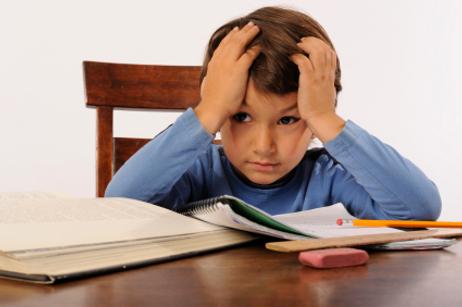A new debate in New Jersey is bringing the homework controversy to light once again. The Galloway Township school district is discussing whether students should be given homework-free weekends so that children can have more time with their families and for extracurricular activities and sports. The plan is still in the discussion phase in this district, and it will need to go before the school board for a vote before it becomes official. In the meantime, the issue has resurfaced around the country as educators discuss once again how much homework is too much and whether it is actually counterproductive to the learning process.
This video explains how schools in California, New York, and Maryland are taking a progressive shift to completely eliminate homework for all students.
Why Galloway is Talking
The Galloway Township is considering recommendations from district officials and school board members to limit the amount of homework students receive. The recommendations have come through research, as well as parent-teacher surveys. According to the Huffington Post, officials making the recommendations have determined that less homework will allow additional time for students to focus on extracurricular activities and spend more quality time with their families. Many of the parents and school officials in the district have also voiced their frustration overstressed students who can’t seem to find enough hours in the day to complete assignments – especially when some of the homework looks like simple “busy work” on the surface.
“We really believe

















